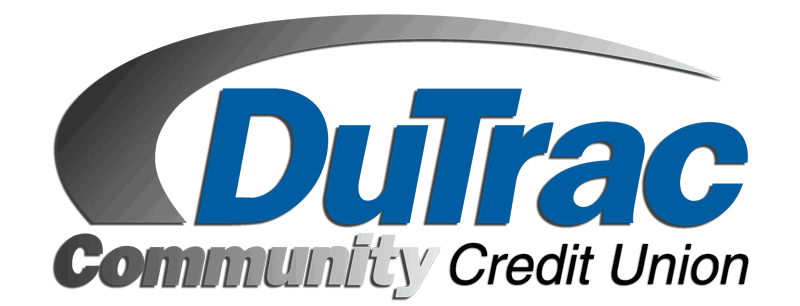As access to financial services becomes more technology driven, with improved security features, scammers and fraudsters are evolving just as quickly in order to take advantage of the unwary or uninformed consumer. With an estimated impact of $6 trillion by 2021 (Gemalto.com), cybercrime may not only be financially devastating – it could also devastate a consumer’s identity. Below are some of the leading cybercrime and cyber-scam tools used by scammers and fraudsters.
Malware is internet downloads containing harmful viruses. Devices may present malware by the disappearance of files or files not opening properly. Files also may contain scrambled, humorous or irritating screen messages.
Phishing is when consumers are tricked by fraudsters into sharing personal information that may be later used to take advantage of the consumer.
- Phishers often seek personal information including: Social Security and financial institution account numbers, PINs and answers to commonly used security questions.
- Phishing emails or phone calls may appear to be from legitimate organizations or government agencies. The sender may ask the recipient to “confirm” personal information based on a false pretense e.g. an account is being closed or a fake order.
Pharming is a virus or malicious program secretly planted in a personal device that hijacks the Web browser. Pharmers then request entering a web address which is a fake copy of a legitimate site. Any personal information provided to the fake site is then stolen and fraudulently used.
Tech Support Scams are fraudsters claiming to work for a well-known technology company claim viruses have been detected on a personal device. The fake tech alleges they can remotely remove the virus for a fee. Hackers will often charge a consumer to download harmless programs available for free online to demonstrate an alleged virus. Other times, the hacker will install tracking software giving the fraudster access to personal information.
Unwanted Software are programs downloaded – often unknowingly – causing processing issues for personal devices. Examples of unwanted software are spyware and adware. Sometimes unwanted software is hidden along with a program that a user actually intended to download.
Ransomware is a malicious software, or malware, designed to deny a user’s access to a computer system, device or data until a ransom is paid. It is typically spread through phishing emails or by unknowingly visiting an infected website. Recovery can be difficult requiring a reputable data recovery specialist. If ransom is paid, there is no guarantee the files will be recovered.
To thwart scammers and fraudsters and prevent fraud consider the following tips:
- Make an investment in current reputable anti-virus software, spam filter, anti-spyware (monitoring software) and/or a firewall program offering regular updates. Purchase software directly from the source company.
- Never download programs or click on links from unknown websites, email senders or pop-ups. Viruses are often embedded in emails and are activated once the email is opened or through an attached link.
- Supervise children when they’re surfing the Internet and consider implementing “parental controls” to block access to undesired sites.
- Increase the number of days files are kept in browser history to 45. This provides more time to identify a harmful site.
- If contacted unexpectedly by someone claiming to be a victim of fraud or from tech support, verify the person’s identity and employment before providing any personal information.
- Never allow remote access to a device from an unknown person unless certain they represent a legitimate company.
- Never share personal information with an unknown person. Do not disclose sensitive financial information such as passwords, credit card numbers, PINs or bank/credit union account numbers.
- Make Internet or phone purchases using a single card specifically for these purchases thereby limiting personal exposure.
- Report phishing activity regardless of being a victim or not to the organization the phisher was impersonating.
Victims of fraud should contact their local police department or contact a DuTrac representative for assistance.
Source: Fraud.org

